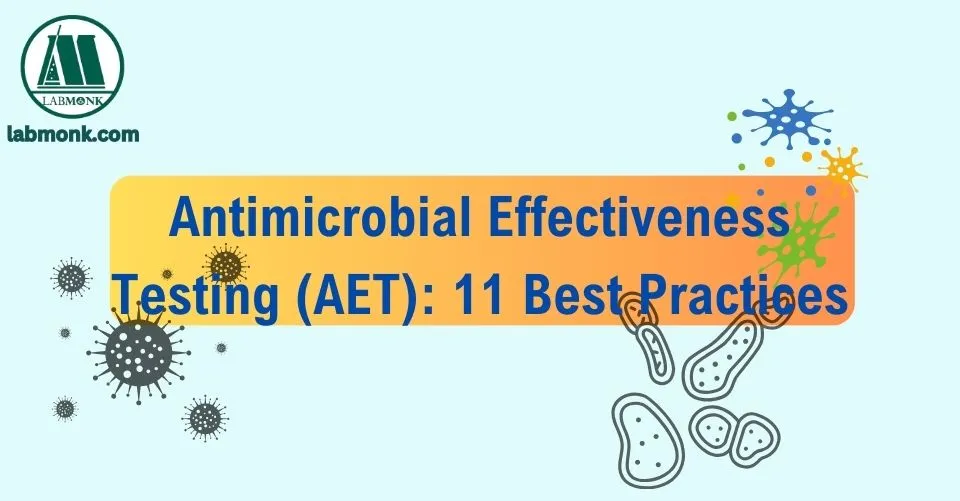Table of Contents
USP 51 – Antimicrobial Effectiveness Test Method
The microbial inoculums are made in sterile saline and are used for directly inoculating the product of interest. Then the product is inoculated at room temperature for about 28 days with samples taken at regular intervals and is then quantified through culturing methods. This standard method makes use of five different organisms such as:
- Escherichia coli (ATCC 8739)
- Pseudomonas aeruginosa (ATCC 9027)
- Staphylococcus aureus (ATCC 6538)
- Candida albicans (ATCC 10231)
- Aspergillus brasiliensis (ATCC 16404)
However extra microorganisms can also be tested depending on the data about typical contaminants for the product of interest.
Benefits of USP 51 Antimicrobial Effectiveness Test
The USP 51 antimicrobial effectiveness test gives a specification of the initial target concentration of the inoculum that allows for a good reproducible comparison of the products that are in the same category.
This method challenges the preserved products with various microorganisms that represent a broad spectrum of trade, nosocomial and contaminants which include gram-negative and gram-positive bacteria, mold and yeast.
The concentration of the initial inoculum is very high offering an indication of how the product will charge in real life.
Antimicrobial Efficacy Test USP 51 Method Challenges
The USP 51 test procedure covers a wide range of microbial physiologies and metabolic abilities, but microorganisms might be encountered at the time of manufacturing. This is the reason, some consumers select the supplement USP 51 with different inoculations of microbes that have proven problematic.
Conclusion
To sum up, antimicrobial preservatives are the agents that are added to products for the prevention of the growth of microbes. Antimicrobial testing determines how efficient the antimicrobial agents are in preventing the growth of microbial contaminants. The antimicrobial effectiveness testing includes challenging any product with the microbes, promoting microbial growth and then improving the microbial concentration at varied time points.
Also read:
- 30 Best Universities for Microbiology in USA
- Best Microbiology Online Degree Programs
- How to Become a Food Microbiologist?
- Top Research Topics on Industrial Microbiology
- Govt exams after MSc microbiology
- Basic Techniques of Microbiology
- Government job opportunities after M.Sc. in Life Sciences
- Biotechnology or Microbiology: which is better?
You can read other career related articles on this website. Search Labmonk Blog on google and click the first link for more articles.
If you are reading this, then a big Thanks to you for reading this article.
Please comment your views on this topic or any valuable feedback. You can forward the link of this article to others.
FAQs
Why is antimicrobial effectiveness testing important?
The antimicrobial efficacy test method is required for cosmetic, pharmaceutical and personal care product manufacturers to recognize which combination and concentration of preservatives are best for microbial growth prevention. It also lessens the undesired side effects of the preservative used. In addition, the preservative formulations should also meet the regulatory standards for the safety of human health and also for getting approval from the market.
What exactly is USP 51 testing?
USP 51 or the United States Pharmacopoeia 51 Antimicrobial Preservative Effectiveness Testing is a compendium utilized for pharma products. However several personal care product companies also make use of this method for their products. It has divided the testing into several product categories such as
- Injections
- Topical products
- Oral products
- Antacid products
Maximum personal care items get into the topical product category.
Are antimicrobial effectiveness testing and Preservative Efficacy testing the same?
Yes, the Antimicrobial Effectiveness Test and Preservative Efficacy test are the same which are performed to determine if the selected preservative is right for product formulation.

